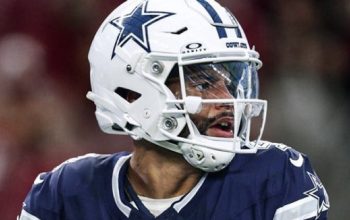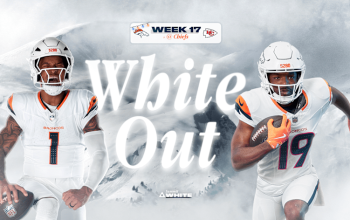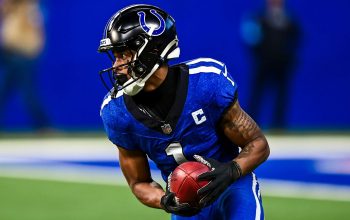Former University of Oregon head coach Mike Bellotti may have summed it up best when speaking to me about the power of a highly noticeable uniform: “The people who are complaining about (alternate uniforms) haven’t worn a jersey in 30 to 40 years, or haven’t worn one at all.”
Say what you will about the big apparel companies pushing merchandise and promoting their own brands (certainly a part of the alternate uniform craze), but there would be no alternates or every-shifting uniform options if it weren’t for the blessing of each individual institution. And the blessing is granted for one reason: catching the eye of 18-year-old recruits.
“There is a lot more to this than people think,” Bellotti says. “There are young people and parents who told me my son is interested (in Oregon) because he loves your jerseys or you have multiple jerseys. If you have that interest, you can follow up with it.”
And while Bellotti’s Ducks were one of the first schools to go uniform wild, starting well over a decade ago, it seems almost commonplace now. When Arizona State, Oklahoma State and Washington State all added in the mix-and-match option last season, that change seemed like a big deal. It was just the start of the mainstreaming of the uniform culture.
Steve Hank, who led Arizona State’s rebranding effort, says the Sun Devils wanted to find “something that resonates with kids today and moves into the recruiting world and is relevant and contemporary.”
Now everyone wants to do the same thing. This current 2012 season made the breakout changes of 2011 look tame. Alternate uniforms were everywhere, from storied programs such as Notre Dame and Nebraska getting funky to schools with far less tradition adding in shiny helmets, obscene amounts of gray and black and accent colors of all kinds. The mix-and-match options took on the highest level of proportions ever during the year, almost creating an Oregon-like game of figuring out who was wearing what on each Saturday.
And while some in the older generation (i.e. out of high school and not on any recruiting boards across the nation) may get weary of the ever-changing duds and still others love the new looks (me included), the older generation simply doesn’t matter. It only matters what the youth say.
Todd Van Horne, Nike’s football uniform guru, says the level of cutting edge designs comes from the school and how much of the envelope they are willing to push. “If you listen to what the athletes are saying, they like to wear something different every Saturday,” he says. “A little change, a little different look gives them a pep in their step.”
From alternate jerseys to new uses of school colors in one-off big-game jerseys, having something new ups the emotion level for the athletes and gets buzz going about a school. “It gives them an alternate ego,” Van Horne says.
In short, any attention is good attention. Back up that pulse of buzz with some wins and your recruiting just got a slight edge. And slight edges matter.
But now as more schools have started to take the Oregonification of jerseys to heart, it takes more punch to get noticed. Maryland rolled out the flag design last season, while Notre Dame opted for the fighting leprechaun this season. Sure, Oregon will always push the envelope with everything from duck wings to chrome helmets, but other schools not so accustomed to the dramatic may get lost in a world where Oklahoma State can pull out a range of roughly four different helmets at a moment’s notice and Oregon can seemingly create neon colors.
With the heart of bowl season approaching and teams already releasing matte helmets, shiny helmets and new looks, we’ll see if the end of 2012 and start of 2013 leads us into an entirely new world of attention-grabbing design. If so, chrome duck wings may seem tame this time next year.














